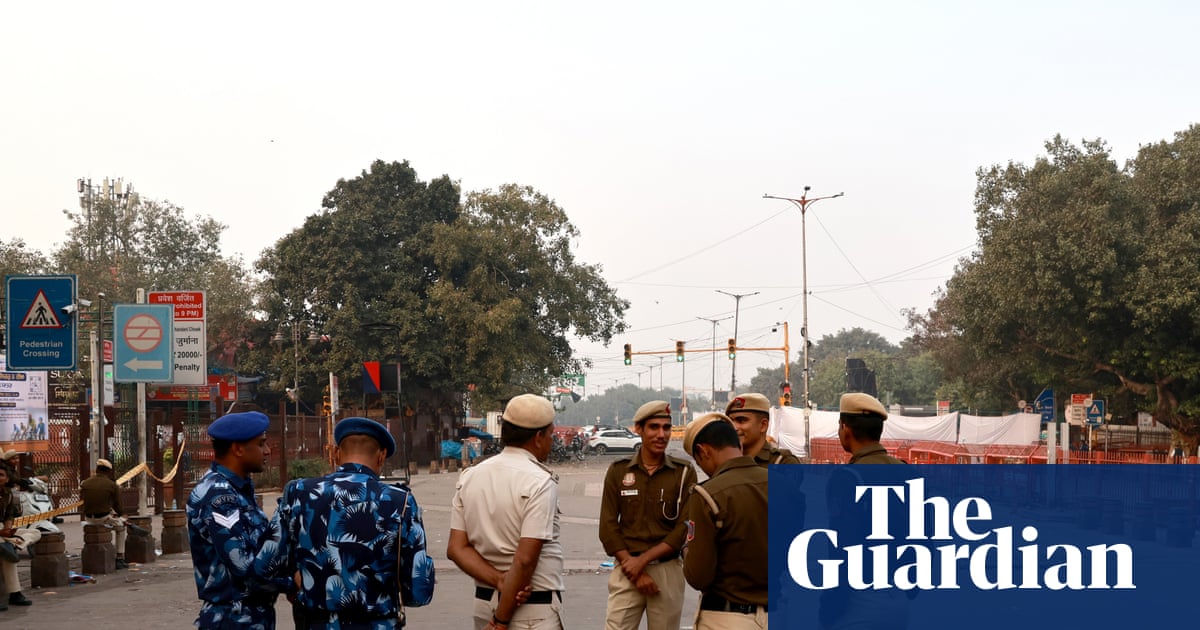I have considerable sympathy with David Lammy’s current predicament (Lammy says he was right not to discuss mistakenly freed prisoner at PMQs, 6 November). Our entire justice system was woefully neglected throughout 14 years of Conservative tenure. But this neglect was particularly calamitous in relation to our prisons. Rectifying the obscenity that currently passes for our prison system will require enormous government investment of public money at a time when public finances are stretched and sympathy for our prison population is low: there are precious few votes in a manifesto promise to improve the lot of prisoners.
However, I feel we must look at this disgraceful situation from the standpoint of the poor prison officers who are tasked with working in these dreadful institutions. If conditions in our largely outdated prisons are bad for the inmates, just imagine what it is like having to work in them. It must be incredibly difficult to recruit new staff to the Prison Service and nigh on impossible to retain them, leaving the service dependent on young, inexperienced, demotivated staff with poor morale who are regularly exposed to high levels of verbal and physical abuse.
Being a prison officer should be a high-status profession respected by the public, personally fulfilling for the officers, well paid, with continuous training, opportunities for career development and good levels of restorative annual leave. Staff-to-prisoner ratios must be dramatically improved to enable officers to engage in the essential tasks of education, rehabilitation and preparing prisoners for reintegration following release. Currently, their role is simply to supervise the incarceration of prisoners in their cells for a large proportion of every day.
We must improve the physical, social, economic and rehabilitative aspects of our prisons, if not for the inmates, then for the poor benighted souls who have laudably chosen a career in the Prison Service, a job that few of us would be prepared to consider.
John Lovelock
Bristol
Peter Walker’s analysis of the chaotic circumstances behind recent prison release errors comes as no surprise to anyone with experience of our prison system (Overcrowding, understaffing and old IT: chaotic context to prison release errors, 6 November) .
What the inspection reports don’t fully capture is the daily reality inside these places. Many prisoners live in unclean, rat-infested conditions that would be condemned if found in any other public building. Violence, drug use and self-harm statistics, while “gradually improving” in some places like Wandsworth, paint a picture of profoundly unsafe environments for both prisoners and staff everywhere.
There is some evidence that the drug crisis is keeping a temporary lid on behaviour, but it fuels a shadow economy controlled by organised crime groups and corrupt staff members, and creates the very instability that makes rehabilitation impossible. The prison wings may appear superficially calm, but this represents containment, not safety or progress.
If rehabilitation was already a struggle under these conditions, it now risks becoming a pipedream. We cannot continue to warehouse people in Dickensian squalor with diminishing support.
James Stoddart
Project coordinator, The Oswin Project

 2 hours ago
7
2 hours ago
7

















































